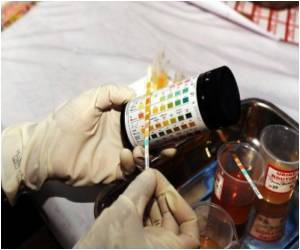Environmental Health Perspectives in an editorial calls for improved research to identify the probable environmental causes of autism and other neurodevelopmental disorders in America's kids.

The editorial was published alongside four other papers — each suggesting a link between toxic chemicals and autism. Both the editorial and the papers originated at a conference hosted by CEHC in December 2010.
The National Academy of Sciences reports that 3 percent of all neurobehavioral disorders in children, such as autism spectrum disorder (ASD) and Attention Deficit Hyperactivity Disorder (ADHD), are caused by toxic exposures in the environment and that another 25 percent are caused by interactions between environmental factors and genetics. But the precise environmental causes are not yet known. While genetic research has demonstrated that ASD and certain other neurodevelopmental disorders have a strong hereditary component, many believe that environmental causes may also play a role – and Mount Sinai is leading an effort to understand the role of these toxins in a condition that now affects between 400,000 and 600,000 of the 4 million children born in the United States each year.
"A large number of the chemicals in widest use have not undergone even minimal assessment of potential toxicity and this is of great concern," says Dr. Landrigan. "Knowledge of environmental causes of neurodevelopmental disorders is critically important because they are potentially preventable."
CEHC developed the list of ten chemicals found in consumer products that are suspected to contribute to autism and learning disabilities to guide a research strategy to discover potentially preventable environmental causes. The top ten chemicals are:
1.Lead
2.Methylmercury
3.PCBs
4.Organophosphate pesticides
5.Organochlorine pesticides
6.Endocrine disruptors
7.Automotive exhaust
8.Polycyclic aromatic hydrocarbons
9.Brominated flame retardants
10.Perfluorinated compounds
Advertisement
Source-Eurekalert














